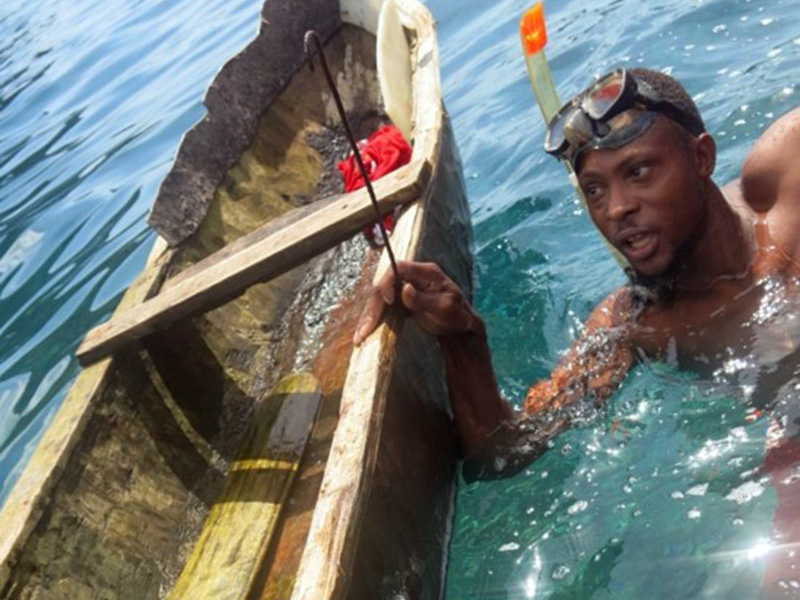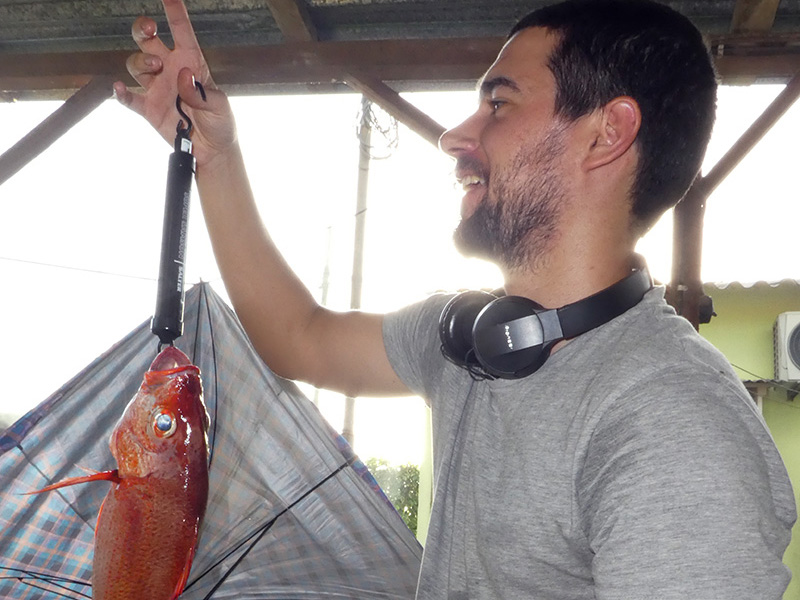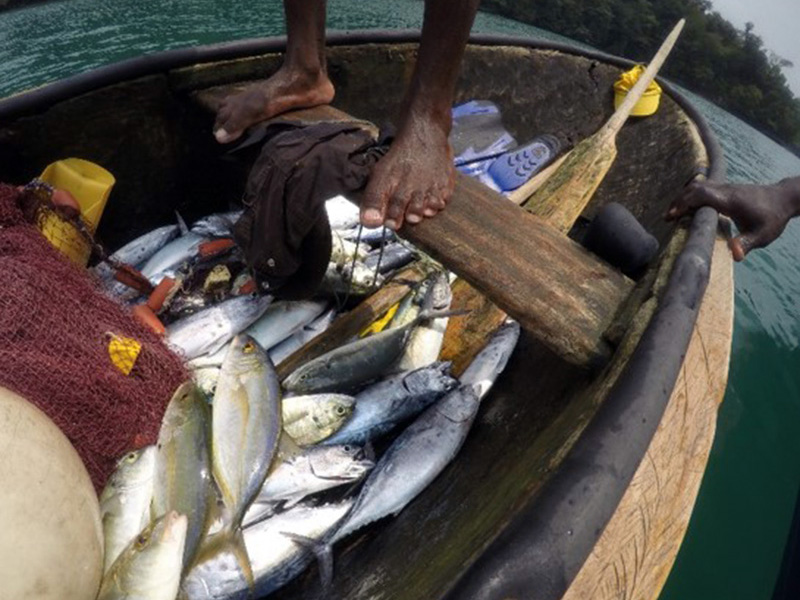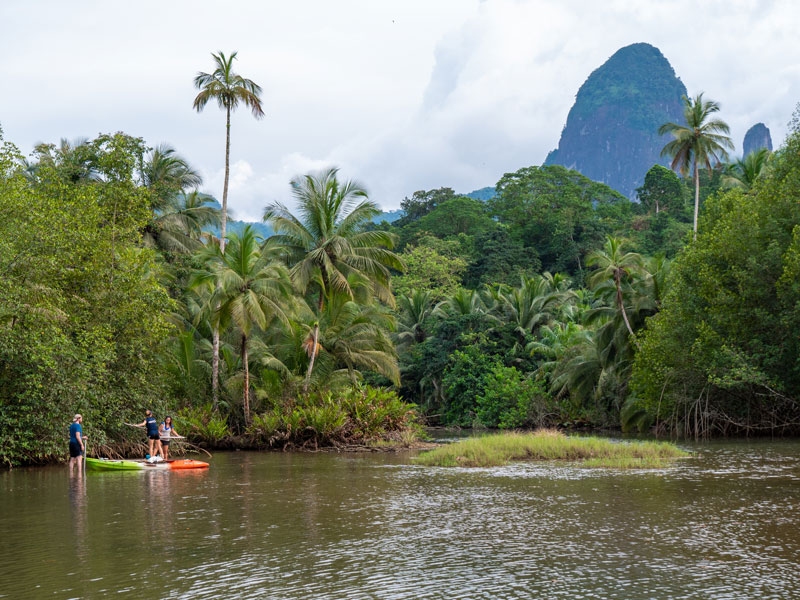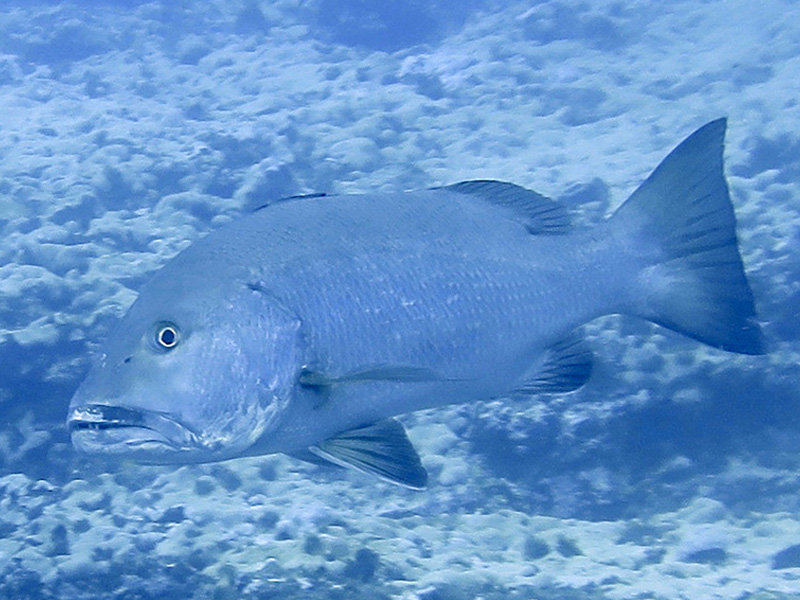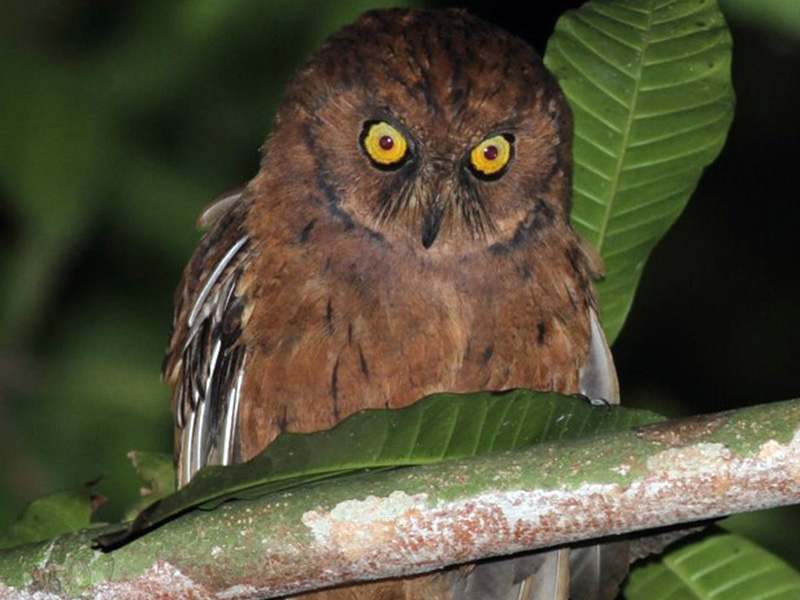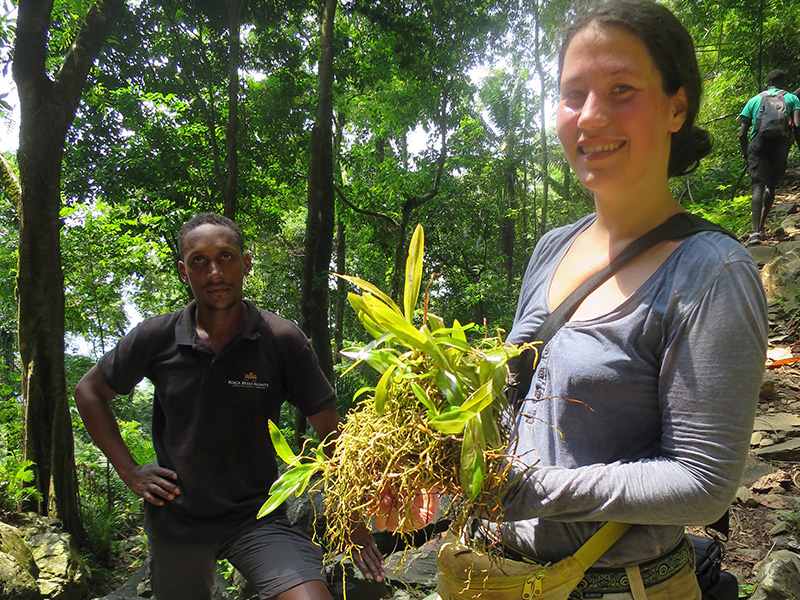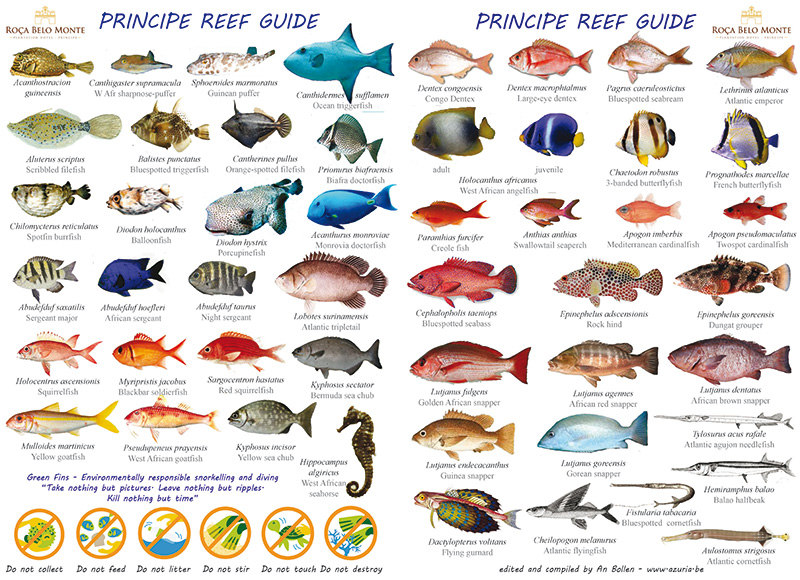Context: One of the most common unsustainable fishing practices on Príncipe island is the use of rede maxipombo or rede de cerco to fish in bays. The maxipombo nets are designed and intended to capture Hemiramphus balao (Balao Halfbeak), a coastal pelagic fish that swims in schools near the water surface. These nets have a mesh size of only 35/40mm. However, a group of fishermen of Abade, Hospital Velho and Praia das Burras use these nets on a daily basis to circle fish in the northern bays. The fishing law prohibits the use of any type of nets in all bays and estuaries of the country (Decreto das Pescas 2015, Art. 31-1e). Bays function as nursery, reproduction and growth areas for both demersal and pelagic fish species. With this practice fish below reproductive age are caught as well as reproducing females. This fishing practice is non-selective and disrupts the food chain balance. Fishermen are either unaware of the law, or the actual damaging impact it has on fish stocks, or they just favor this method as it is low-cost high-return and with no law enforcement in place there are no risks to get caught.
Protecting artisanal fisheries is in the long run only possible through an ecosystem approach by establishing marine protected areas (MPAs) and promoting sustainable fisheries practices. In order to halt unsustainable practices continuous awareness raising of local communities combined with law enforcement is needed. By stopping all forms of fishing, temporarily (seasonal closures) or permanently (MPAs or LMMAs) in a particular area, there will be a positive spill over effect in neighbouring areas. Studies show there is improved recruitment to populations outside MPAs, and within the MPAs the amount of fish doubles, the fish are larger, and there is increased species diversity. However, this can only function if there is willingness, buy-in and ownership of the fishermen. Top-down MPAs are often ineffective paper parks, whereas locally marine managed areas (LMMAs) take more time to install but are more likely to be respected and work. LMMAs are a bottom-up approach where fishermen are key actors in the process. They have a say in which area is selected, whether a closure is seasonal or permanent and how they set up community vigilance and participatory monitoring scheme.
Aim: Reduce unsustainable fishing practices and ensure improved marine conservation through the creation of a seasonal closure or a locally marine managed area
Methods: Raising awareness from within the community has proven to be most successful. Develop an outreach campaign with some open-minded fishermen. Engage through radio programs, community consultation, local theater, and visual aids. Identify the community that is most open to trial an LMMA. Clearly demarcated selected area with buoys and set up a monitoring protocol to assess impact.
Expected output:
- Campaign materials available, increased awareness in fisher communities on unsustainable practices and the benefits of an LMMA.
- Demonstration project of LMMA in place. Challenges and successes identified
- System of community vigilance and participatory monitoring in place and under evaluation
Collaboration:
- National and Regional Ministry of Fisheries, Regional Government, Radio Regional do Príncipe
- Guillermo Porriños – University of Exeter, Darwin Project ‘Omali Vida Non’
- Guarda costeira, Capitania


